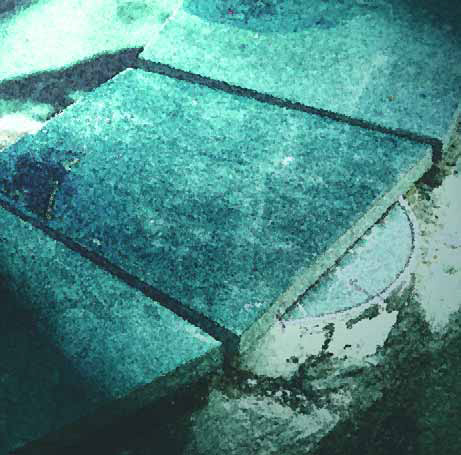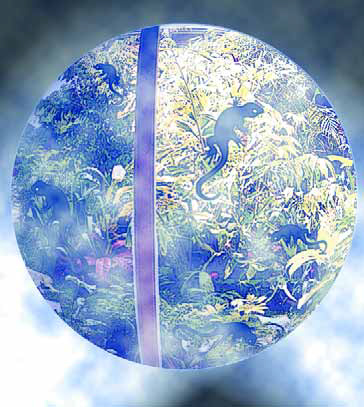ARTICLES
Advance Search
Aquatic Health
Aquatic Health, Fitness & Safety
Around the Internet
Aquatic Culture
Aquatic Technology
Artful Endeavors
Celebrity Corner
Life Aquatic
Must-See Watershapes
People with Cameras
Watershapes in the Headlines
Art/Architectural History
Book & Media Reviews
Commentaries, Interviews & Profiles
Concrete Science
Environment
Fountains
Geotechnical
Join the Dialogue
Landscape, Plants, Hardscape & Decks
Lighter Side
Ripples
Test Your Knowledge
The Aquatic Quiz
Other Waterfeatures (from birdbaths to lakes)
Outdoor Living, Fire Features, Amenities & Lighting
Plants
Ponds, Streams & Waterfalls
Pools & Spas
Professional Watershaping
Structures (Editor's Notes)
Travelogues & History
Water Chemistry
WaterShapes TV
WaterShapes World Blog
Web Links
Around the Internet
Aquatic Culture
Aquatic Technology
Artful Endeavors
Celebrity Corner
Life Aquatic
Must-See Watershapes
People with Cameras
Watershapes in the Headlines
I love the fact that more and more people I talk to are referring to the bodies of water they create as works of art. At their best, watershapes do indeed possess all the aesthetic potential of
Take the world's most prolific consumer technology company on one hand and, on the other, its desire to augment its corporate headquarters with a natural exterior environment intended to capture geological processes that span millions of years: It's a collision of present and past, of technology and nature, that is filled with meaning as well as exciting potential. Those sorts of thoughts and paradoxes were somewhere on everyone's minds as we approached the design and installation of a grand-scale watershape at Microsoft's Redmond, Wash., corporate campus. Our aim: to create a spectacular and entirely
Developing a simple, reliable swimming pool alarm system offers a remarkable range of technical challenges, observes Robert Jechart of RJE Technologies - even when your point of departure is years of experience with ultra-sophisticated military and commercial sonar technology. Here, he discusses a four-year process in which his company has addressed its goal of making watershapes safe for families with small children.
For years, we at Sunshine Pools & Spas have provided high-end, custom swimming pools to a mostly affluent clientele in and around our base in Kelowna, British Columbia. Unlike many readers of this magazine, however, we specialize in satisfying those clients with vinyl-liner rather than gunite or shotcrete pools. To be sure, pools and spas of any sort are not the first things that come to mind when you think about our area, which is closer to the Arctic Circle than it is to the Sunbelt. But many residents around here do enjoy the good life and want
Great watershaping is, we believe, all about creating forms within a context. The thoughtful watershaper will survey all the key elements of a project while conjuring a mental picture that's as close to the architect's vision as possible - and then base the work that follows on a solid understanding of both the design and the setting. It's always most exciting when we're asked to consult with the designer about a project before the lot has been graded and the ideas are still flowing onto the sketchpad. In those cases where the designer and homeowner are all the same person and those initial discussions involve the designer's own living space, the nature of this interaction can truly be something special. At Pure Water Pools, we've had such a privilege on two occasions, both in working with Lynn Pries, a Newport Beach, Calif.-based interior designer who has spent much of her career creating high-end residences across the United States and Europe. These days, she mostly works on one project at a time, carefully selecting and purchasing a property herself and then seeing to every design detail, inside and out, from start to finish. So far, we've built
In the premiere issue of WaterShapes in February 1999, Brian Van Bower's first "Aqua Culture" column invoked the name of winemaker Robert Mondavi, calling him a role model for watershapers everywhere. It was a partly surprising place to start a new column, given the fact that Mondavi is neither a contractor, engineer or designer, but Bower, a wine connoisseur as well as a trailblazing watershaper, made a good case for seeing Mondavi's career as a lens through which we might better understand our own. At the time, I didn't completely appreciate the connection between Mondavi and the watershaping trades, but I decided a bit later to pick up the book, Harvests of Joy, and spend some time with it. Prepared by Mondavi with writer Paul Chutkow, the 364-page book was published in 1998 by Harcourt Brace. I know that this is quite a departure from
One of my guiding principles has to do with the fact that early decisions my clients and I make about materials have a huge influence on how my watershapes ultimately are designed and built. The project we've been following through the past few issues is a perfect case in point: The choice of the bluestone coping and of the one-inch glass mosaic tile for the pool's and spa's interiors started the wheels turning and definitely drove the early stages of the design process. As I've mentioned before, this project and its unforeseen problems (as well as clients who were at times unsure of exactly what
We all know how much watershapes add to the beauty of any setting, but I suspect we also tend to take for granted the integral role water plays in sustaining those environments. It's obvious that no landscape would survive long without a steady infusion of water to nurture its plants. Less obvious, however, are ways in which water can be used to make some places more hospitable to other life forms that inhabit them. This isn't really new. As has been noted in several articles published in WaterShapes, water has been used in arid climates for centuries as a prime source of "air conditioning" for
Since time immemorial, humans have sought out warm water for purposes of pleasure, bathing, relaxation and healing. That's a great thing for modern watershapers, almost all of whom are steadily asked to design swimming pools with attached spas or to set up stand-alone inground spas or to find ways to make portable spas work as part of a landscape or deck setting. I'd argue that hot water is even more important to contemporary lifestyles than it was to the Assyrians, Greeks or Romans of antiquity, given the stresses of modern life and the fact that we seem to have more of the leisure time required to enjoy a
"All art is but imitation of nature." -- Seneca *** It's wonderfully ironic that so many of the greatest expressions of human creativity and productivity are those that derive themselves wholly or in large part from





















